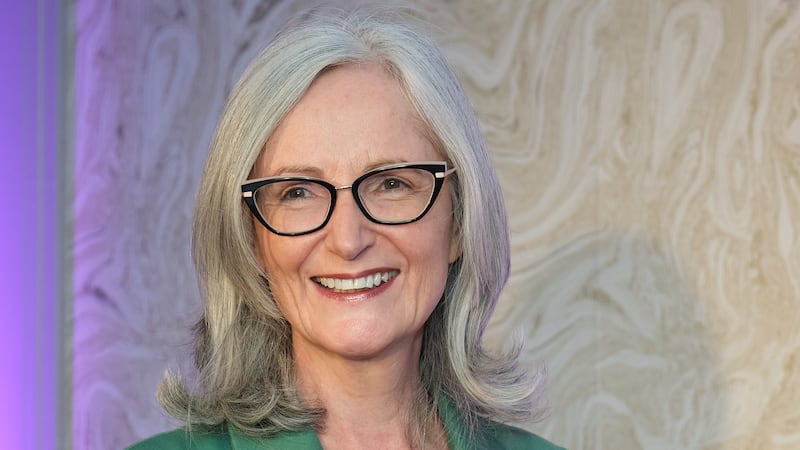DAVID Beckham recently revealed that his wife, Victoria, has eaten the same meal for the past 25 years. "Since I met her she only eats grilled fish, steamed vegetables," he said in an interview.
Yet even if we don't have as rigid a regimen as Posh Spice, experts say we could still be missing out by sticking to the same things on repeat.
"When I ask people to keep a food diary, one of the things I look at is frequency, as well as volume: it's not just what you're eating, it's how often you're eating it," says dietitian Sian Porter.
"And a lack of variety is something I see with most clients - even when someone thinks they're choosing all the 'right' things."
It's not that eating grilled chicken with broccoli on the side is bad, per se - "but no one food is going to give you all the nutrients you need, that's why you need variety," adds Sian Porter.
"Even health-conscious people tend to buy the same things on repeat," agrees Dr Megan Rossi, a dietitian and gut health researcher at King's College London.
"And research is showing we need to get in that diversity to maximise our gut health, which in turn has been linked to the health of pretty much every organ in our body."
So just how varied does our food have to be?
Across the world, our diets have been getting steadily less varied over the past 50 years, according to research published in 2014 in the journal Proceedings of the National Academy of Sciences.
It concluded that not only do we eat more in general, but more of our calories come from meat, oil and grains such as wheat and corn - hallmarks of a modern 'Western' diet which has been linked with a rise in heart disease, type 2 diabetes and obesity.
It's been estimated that 75 per cent of the world's food now comes from only 12 plants and five animal species.
A diet lacking in the right kind of variety, but heavy on calories, has led to the phenomenon of people being overweight but malnourished at the same time.
It's estimated that 3 million people in the UK are malnourished, with those aged over 65 most likely to be affected, according to the British Dietetic Association.
While this can sometimes be down to illness or disability (such as swallowing problems) it can also be a result of too many 'empty' calories - too much sugar and fat, for example, and not enough fruit and veg.
"It is definitely possible to be obese and suffer from vitamin and mineral deficiencies," says Andrew Jenkinson, a consultant bariatric surgeon at University College London Hospital, and author of the book Why We Eat (Too Much).
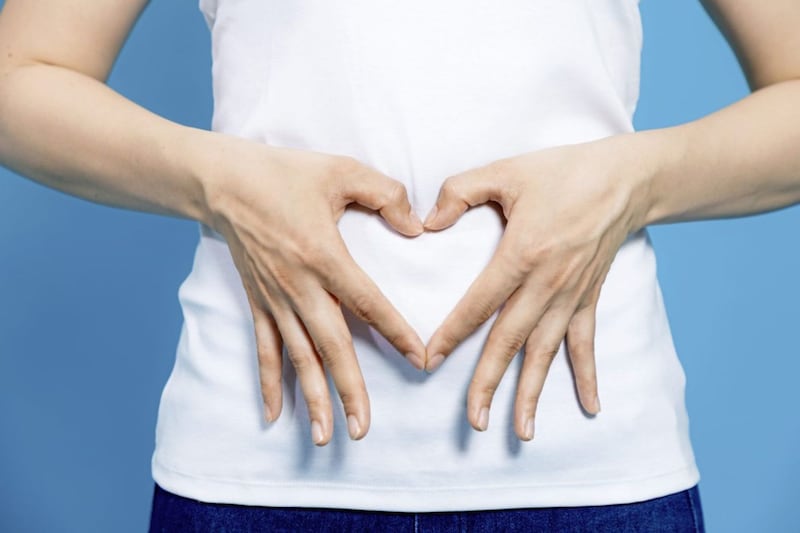
Yet while we have all heard the advice to eat a 'varied' diet, there aren't specific guidelines as to what counts as variety, says Sian Porter. The NHS recommends we eat a balance of foods from different key groups each day - so fruit and veg, plus starchy foods, dairy or dairy alternatives, and protein sources such as meat, eggs or pulses.
Yet it doesn't set prescriptive targets other than 'five a day' - i.e. five different portions of fruit and veg per day (and even this might not be ideal if you stick to the same five - more on this later).
In 2020, researchers from Swansea University set out to discover what the average person understood 'variety' to mean when it came to our diets - and concluded that there was some confusion.
When they asked people to define what 'food variety' meant they got a range of responses - some thought it meant having a different food group in each meal (such as vegetables, grains and protein); others took it to mean how many different meals you eat across a week (without considering what was in those meals, for example).
"For dietary guidelines to be useful, they need to be more specific about what variety means and how we can monitor this in our diet," the authors said. For research purposes, nutrition scientists and public health experts do have ways of scoring how diverse someone's diet is - sometimes called Dietary Diversity Indicators (DDIs).
For example, one system, the Minimum Dietary Diversity for Women of Reproductive Age, gives a score based on what someone can recall eating in the past 24 hours from 10 categories: grains, roots and tubers; pulses; nuts and seeds; dairy; meat, poultry and fish; eggs; dark leafy greens and vegetables; vitamin A-rich fruits and vegetables; other fruits; other vegetables.
If someone can recall eating something from at least five of these groups in the past 24 hours, this is considered an accurate way of predicting that they will have adequate levels of 11 key 'micronutrients' (vitamins and minerals).
A lack of agreement on what counts as 'varied' perhaps explains why, traditionally, research on how diet diversity affects our health has given mixed results.
When experts from the American Heart Association analysed the available evidence in 2018, they concluded that people who ate the widest range of foods were not the healthiest eaters. In fact, they often ate more calories and more processed foods, drank sugary drinks and were also more likely to gain weight over time.
Yet studies analysing those who eat a wider range of healthy foods - such as fruits, vegetables and wholegrains - have found the opposite.
One review from 2013, published in the British Journal of Nutrition, found that six out of 10 studies linked this 'healthy' kind of variety with lower body fat.
Rather than counting our five a day, some experts, including Megan Rossi, believe we should think about how many different plants we eat across a whole week, aiming for at least 30.
This idea comes from research by The American Gut Project, which is investigating the bacteria that live inside us.
In 2018, it found that people who eat more than 30 different plants per week have far more diverse gut bacteria than those who eat fewer than 10. This is because different bacteria species like to 'eat' different kinds of food.
And having a good mix of different gut microbes is thought to be healthier for us, keeping all kinds of processes in working order, such as digestion, blood-sugar control and protecting us from harmful bugs and infections.
By contrast, an unbalanced community of gut bacteria has been linked with health problems including inflammatory bowel disease and obesity.
Eating more than 30 types of plant a week may sound intimidating, but unlike the five-a-day adage, you don't need to eat a certain amount of a fruit or vegetable for it to count.
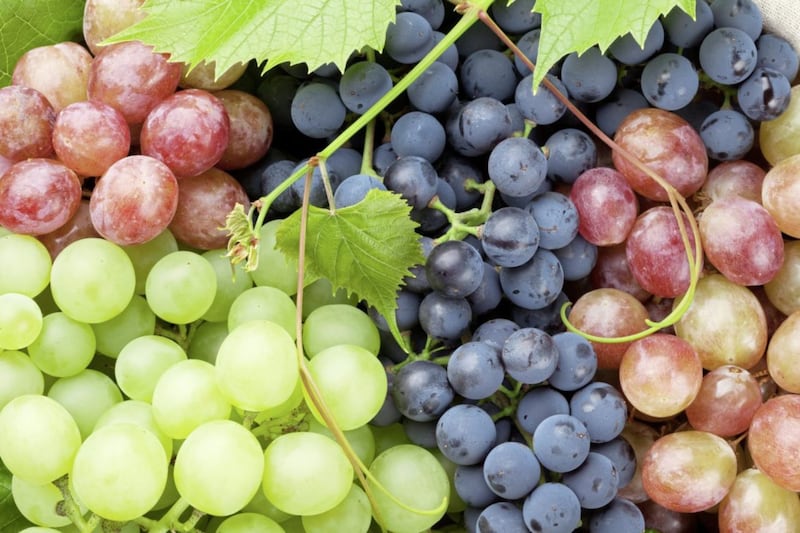
What's more, wholegrains (such as oats and brown rice) legumes and pulses (such as kidney beans or lentils) and nuts and seeds count, too.
According to The American Gut Project researchers, if you eat a can of soup that contains carrots, potatoes and onion, you can count all three towards your total, while if you have multigrain bread, each type of grain counts.
Any herbs - even dried - and spices you use count, but only as a quarter of an item.
The reason variety rather than portion size is thought to be important is because plants contain hundreds of different phytochemicals, as well as vitamins and minerals.
"Some of these plant chemicals aren't necessarily nutrition for our human cells, they're to feed our gut bacteria, which can then function at their best to look after us," explains Megan Rossi.
This means even switching the type of a particular fruit you usually buy could be helpful, suggests Sian Porter, as the mix of plant chemicals will be slightly different. So if you normally buy white grapes, swap for red grapes one week, or try a different variety of apple.
Apart from counting what you're eating, there are other more basic signs of a lack of variety in your diet, such as bowel movement - anything from three bowel movements a day to three a week is considered normal: increasing the variety of your diet can boost frequency.
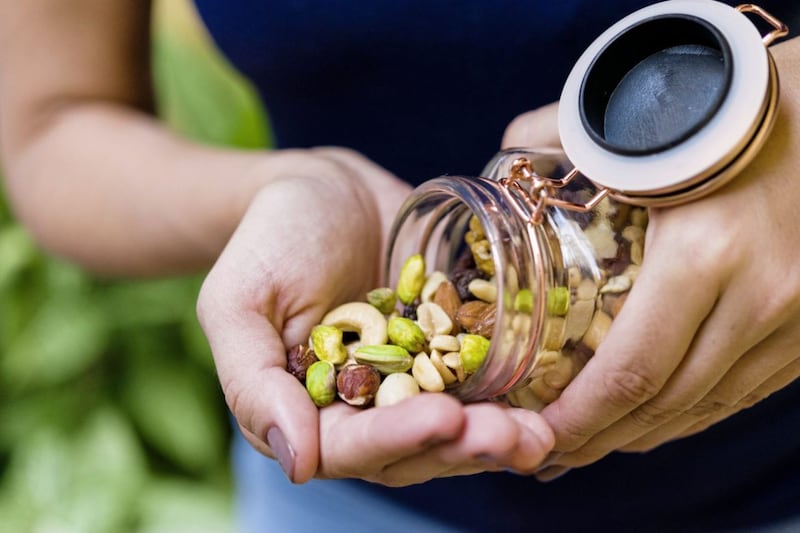
Other signs that your diet lacks variety include a lack of appetite or interest in food, says Sian Porter. "Variety is not just important from a nutritional point of view, it's also about enjoyment of eating as well," she points out, adding that tiredness (from a lack of vitamin B12, folate, or iron) or headaches and trouble sleeping (from a lack of magnesium) can be some of the first clues that you might not be getting everything you need.
Problems with skin, hair or nails can also suggest deficiencies. For example, not getting enough of the mineral zinc (found in wholegrains, as well as many beans and nuts) has been linked with hair loss and cracked lips, says Sian Porter.
"Though signs like these are a result of chronic malnutrition and can take a long time to develop," she adds.
And there may be psychological signs that your food choices have become too limited. "For example, if you go to a restaurant and they've taken your normal order off the menu and that creates anxiety," suggests Jane Ogden, a professor of health psychology at Surrey University, who specialises in eating behaviour.
"Or you go to someone's house and you feel anxious that they've cooked the vegetables in a different way. It's good to be flexible and push the boundaries on your routines."
A lot of our diet diversity problems come from habit, says Professor Ogden.
"Most people have a fairly narrow repertoire of the foods they shop for and cook," she says, estimating that, at best, most of us have between eight and 12 meals that we rotate.
To break out of a recipe rut, she suggests getting ideas from friends rather than TV chefs or cookbooks as this is likely to be more realistic for everyday life.
Sian Porter says that the key to having variety in your diet is to eat "food from all the groups and then different food within those groups too". She recommends "at least three portions of protein per day, one at each meal as well as protein-based snacks, such as a handful of nuts".
If you eat meat, think about alternating plant and animal sources of protein - so not just chicken, cheese, or fish, but lentils and beans too.
And when it comes to your fruit and veg, ask yourself if you are truly 'eating a rainbow', she says, as a broad range of different colours is likely to provide a wider variety of nutrients than mainly eating green veg (for example).
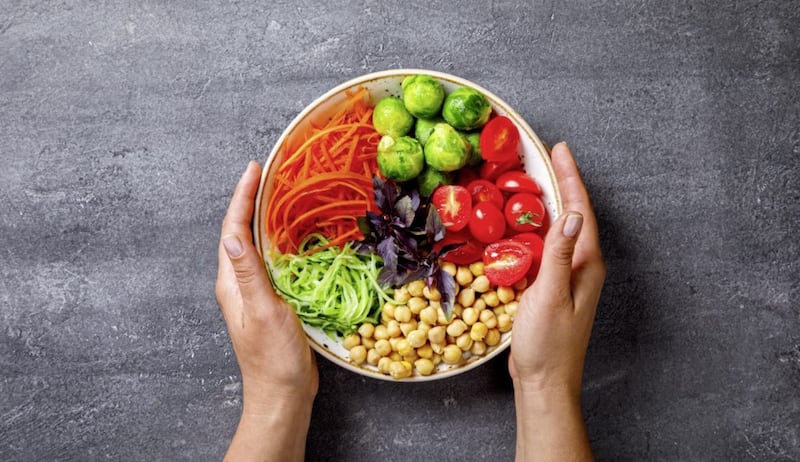
Megan Rossi recommends turning one ingredient into two or three. "Don't just add kidney beans to your chilli, replace them with mixed beans," she says.
"Instead of buying broccoli, try a stir-fry mix of vegetables. Rather than buying a single bag of seeds, buy a four-seed mix.
"You can still batch cook, but try to have 10 different plants in it to make up for the fact that you'll be having it on repeat."
However, there are times when you don't want a variety. Studies have shown that when lots of different food is on offer - or there are different types of taste within the same meal - we tend to consume more.
A study from 2009 published in the journal Physiology and Behaviour found that putting ketchup or mayonnaise on chips or whipped cream on brownies meant people ate 40 per cent more than when the chips or brownies were left plain.
This is because of 'sensory-specific satiety' - essentially, we get used to the combination of taste and texture and our desire for it naturally wanes. The plainer the food, the quicker this kicks in.
Experts suggest we take advantage of this - having two or more different vegetables at dinner.
And when eating high-calorie foods, choose options that have less variety, instead of those with flavoured fillings.
© Daily Mail


